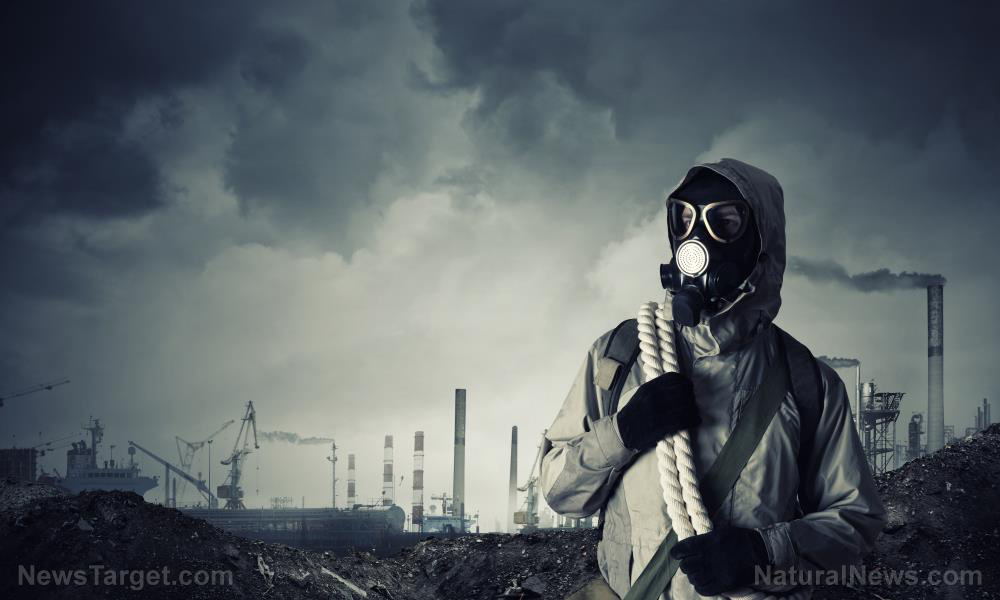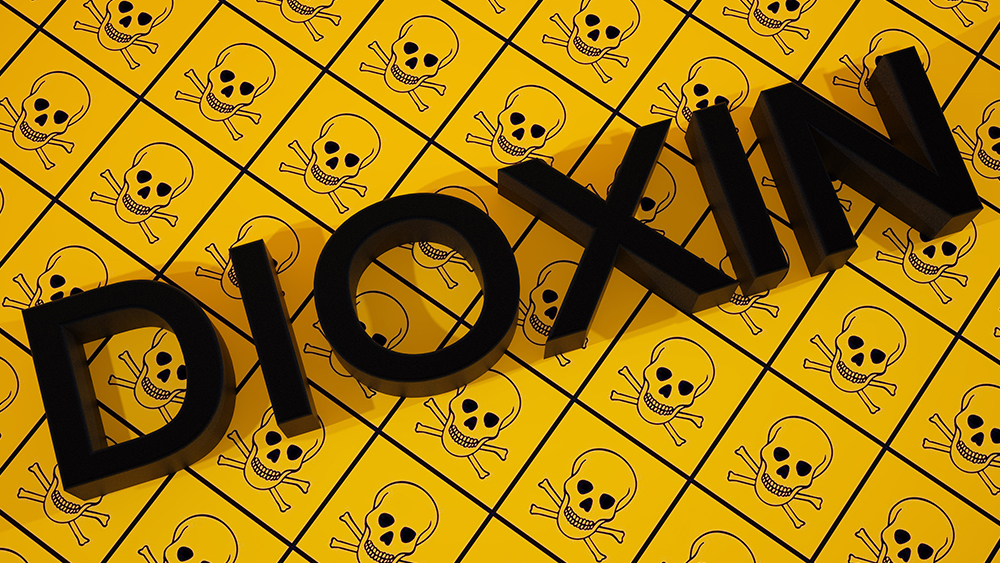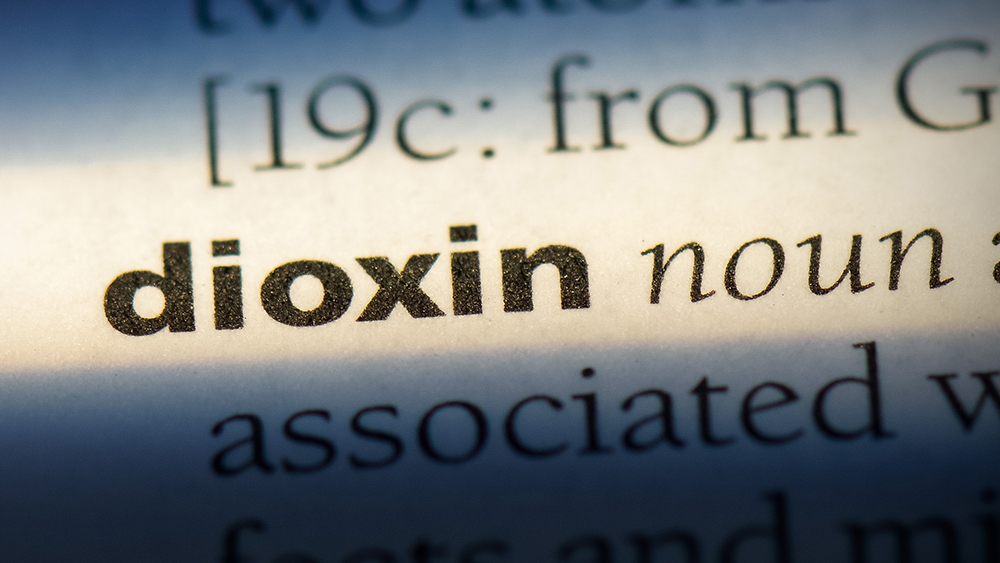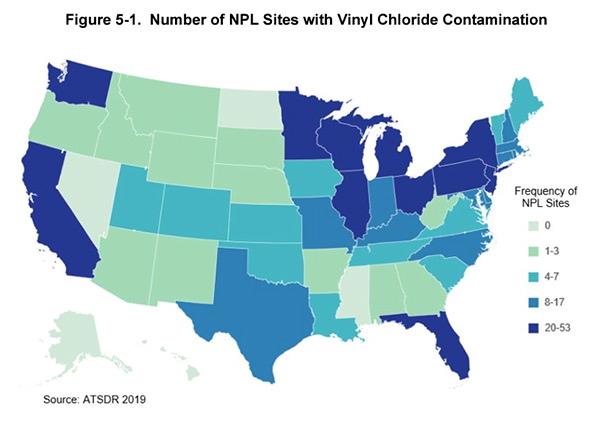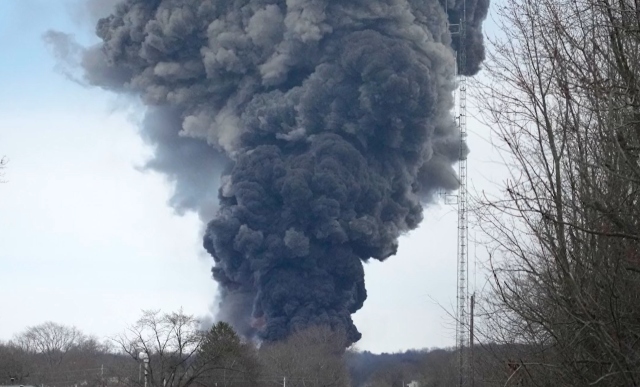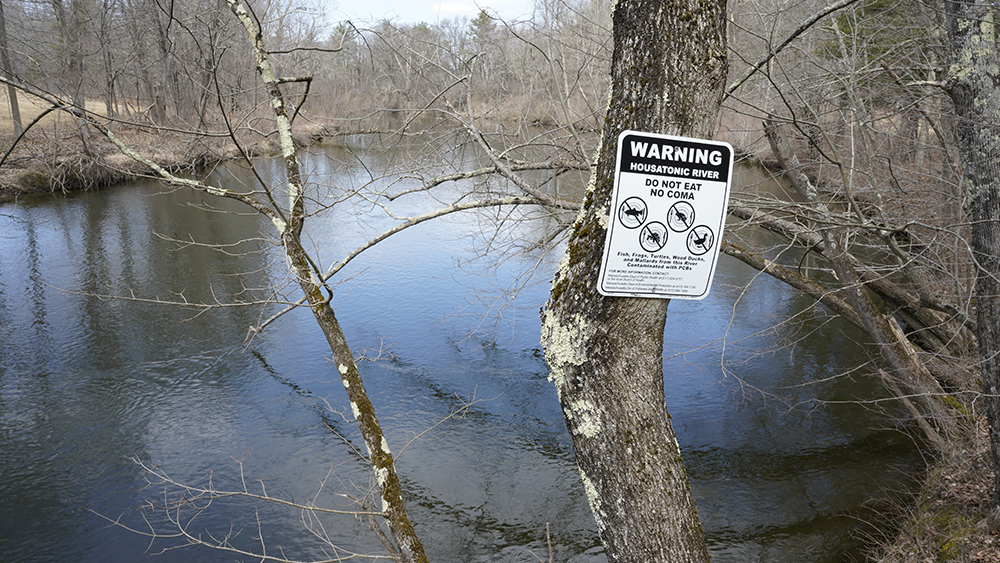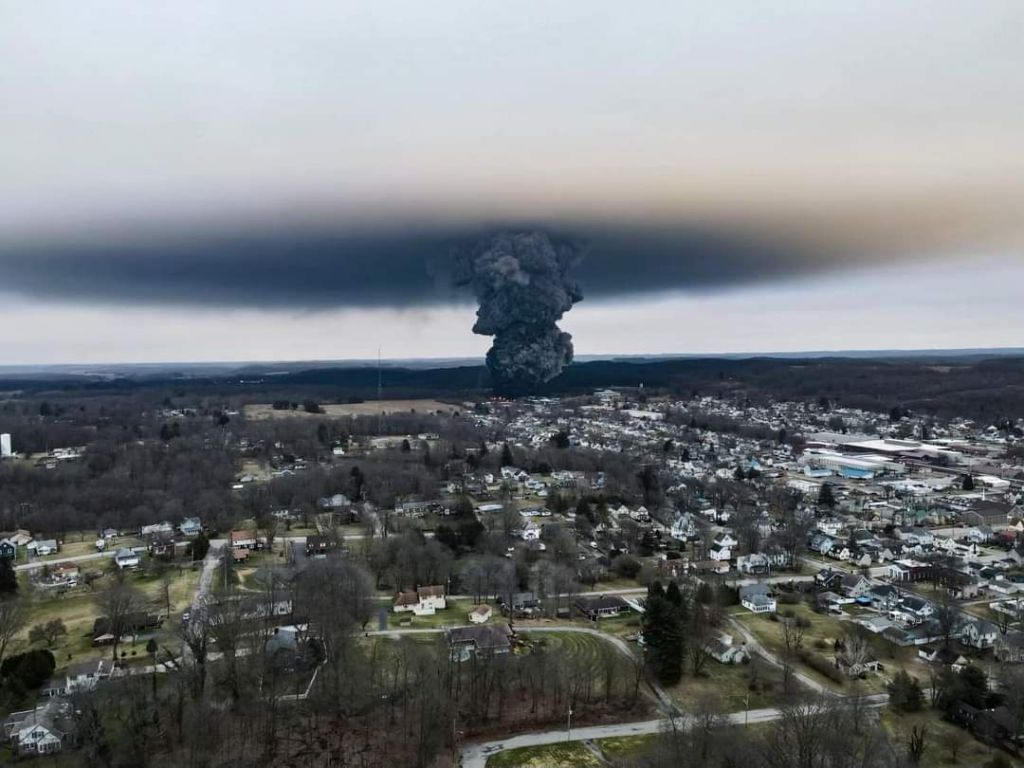Chlorinated dioxins are everywhere following East Palestine train incident, but toxicologists aren’t testing for them
02/22/2023 / By Ethan Huff
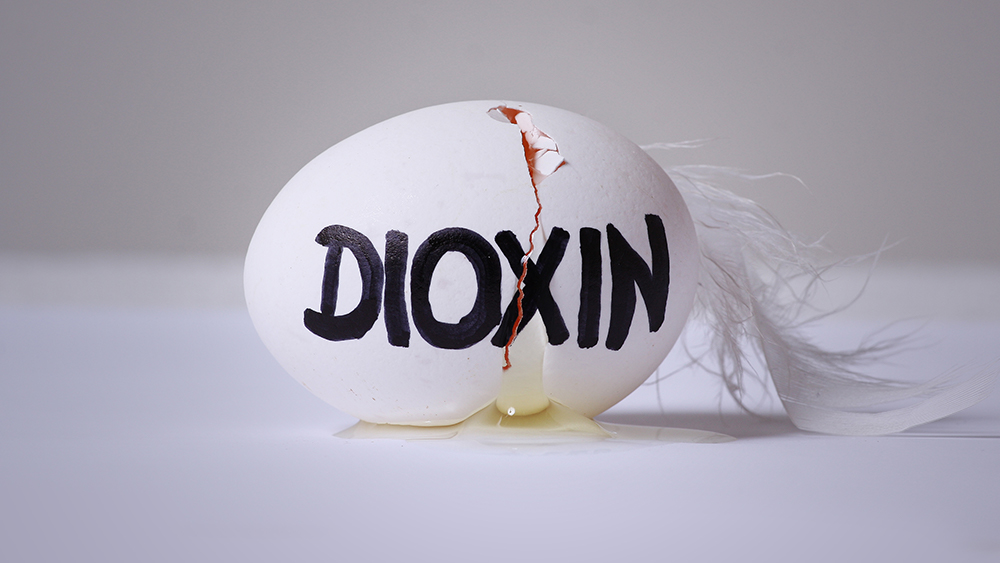
There is a coordinated coverup taking place concerning the release of toxic dioxins from the burn site of the derailed Norfolk Southern freight train in East Palestine, Ohio.
Like every other time dioxins have presented a public health threat, the authorities are working overtime to falsely reassure everyone that they need not worry about exposure – when, in fact, dioxin release is the most concerning aspect of the recent disaster.
“Dioxin means deception,” writes Eric F. Coppolino for Planet Waves FM – Chiron Return.
What does Coppolino mean by this? The answer is simple: the government does not want people worrying about dioxins even when they pose a major threat like they now do in and around East Palestine.
“The same playbook shows up over and over again: minimizing the dangers; testing irregularities including ‘losing’ samples or results; testing for the wrong chemicals; propping up shills to say everything is safe; referring to or creating fraudulent studies; creating endless delays; and a few others you will come to recognize,” Coppolino explains.
“Then, sadly, in most instances, the public tends to jump on board and accepts reassurance [sic] pretend there is not a problem, as most people cannot wrap their minds around the nature of a substance measured in quadrillionths of a gram (femotograms).”
(Related: The train derailment incident in East Palestine is believed to have created the largest dioxin plume in world history.)
Dioxins are at least a three-generation, multigenerational toxin that causes cancer
The thing about dioxins that makes them exceptionally noxious is the fact that they are persistent, and that it does not take very much exposure at all to cause serious health problems.
Dioxins are especially damaging to the young, including babies and young children. Animals are also highly prone to dioxin damage, which is why residents of East Palestine and surrounding areas are reporting sick and dying pets and farm animals following the explosion.
“While dioxin can be an acute poison, particularly to babies, fetuses, young children and animals, it is rarely so in adults,” Coppolino writes. “Rather, it is a hormonal toxin, an at least three-generation multigenerational toxin, and a cancer inducer and cancer promoter. All of these are related.”
You may recall the infamous dioxin release incident that occurred in Times Beach, Mo., a town that for many years was used as a dioxin dump. Such high concentrations of dioxins built up in Times Beach that the entire town had to be decommissioned, torn down, and all remaining waste burned.
“It was turned into a park,” Coppolino explains. “It’s an excellent account of events; I learned many things I didn’t know. However, the health consequences are somewhat understated, especially those associated with hormone effects.”
Watch “The Cover Up at Times Beach” below to learn more:
There is no “safe” level of dioxin exposure
It is a matter of fact that dioxins are generated as a byproduct of industrial manufacturing. Any product that involves the use of chlorine, from plastics to paper, results in their creation.
There are also dioxin-like compounds that are similarly toxic. These include insecticides like DDT and Dursban; “disinfectants” like chlorinated benzene, Teflon (or C8), and PCBs.
There is no safe level of exposure to dioxins, as was revealed in a 1987 report put together for Greenpeace. That document, called “No Margin of Safety,” highlighted the fact that “emergency action” was needed at the time – and still is today – to end the use of chemical processes that result in dioxin production.
The report specifically looked at TCDD, described as “the most toxic form of dioxin,” which had been detected in fish swimming near several paper and pulp mills in North America, as well as in upstream mill wastes.
“The evidence suggests that pulp and paper mills are spewing hazardous levels of TCDD into the waterways and skies across North America – and around the globe – adding to dioxin pollution already discovered from sources such as municipal and industrial waste incinerators, hazardous waste dumps, and pesticide, chemical, plastics, and pharmaceutical manufacturing facilities,” the report reads.
“There are no ‘safe’ levels of TCDD. Every dose tested in laboratory animals has resulted in increased levels of cancer, birth defects and other reproductive problems, and in damage to the body’s immune system. The levels of dioxin being found near pulp mills suggests a public health emergency in America.”
Mind you, this report was put out almost 40 years ago – long before the train derailment and controlled explosion occurred in East Palestine. There have been numerous dioxin disasters since it was first published that have created an even worse environmental emergency.
Dioxins were first acknowledged as existing back in 1956 when chemical giant Monsanto released a document about them and how they are created. It was published following a 1949 explosion in Nitro, W.V., and a 1953 explosion in Germany at a BASF (formerly I.G. Farben) facility, both of which resulted in massive dioxin release.
“The incidents were used to create fraudulent studies ‘proving’ that dioxin does not cause cancer,” Coppolino explains.
Be sure to also watch the following episode of the Health Ranger Report in which Mike Adams interviews Coppolino about the dioxin fallout from the East Palestine incident:
You can also listen to a short eight-minute STARCAST recording featuring Coppolino talking about why his report on dioxins is necessary at a time like this. You can listen to that recording on his Substack.
Dioxins are arguably the most toxic chemical class in existence. To learn more, visit ChemicalViolence.com.
Sources for this article include:
Submit a correction >>
Tagged Under:
chaos, chemical violence, deception, derailment, Dioxins, disaster, East Palestine, Ecology, ecosystem damage, environment, ohio, panic, persistent chemicals, toxic chemicals, toxicology, train
This article may contain statements that reflect the opinion of the author
RECENT NEWS & ARTICLES
Chemicals.News is a fact-based public education website published by Chemicals News Features, LLC.
All content copyright © 2018 by Chemicals News Features, LLC.
Contact Us with Tips or Corrections
All trademarks, registered trademarks and servicemarks mentioned on this site are the property of their respective owners.



